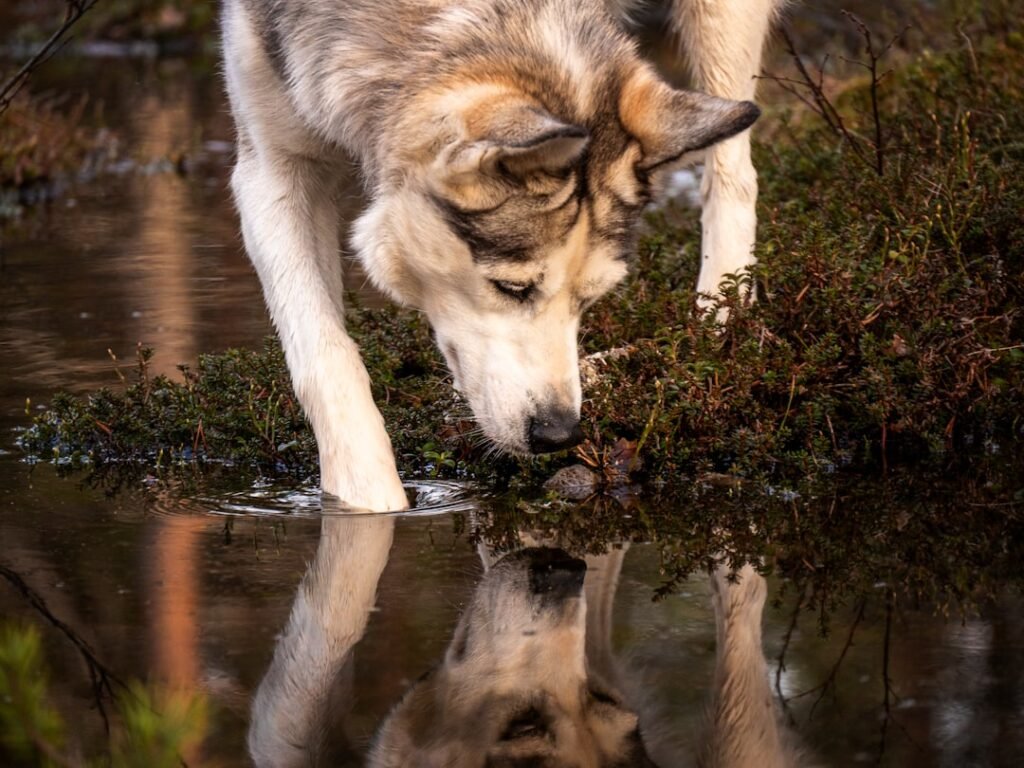On winter mornings in Yellowstone, the story looks simple: a distant howl, a nervous elk, a quiet bend in a willow-lined creek. The truth is richer and a little messier, and that’s where the science gets exciting. Since wolves were reintroduced in the mid‑1990s, riparian plants have rebounded in pockets, beavers have built new ponds, and certain stream segments have shifted in subtle but measurable ways. Yet not every valley has transformed, and not every claim holds up evenly across the map. The mystery isn’t whether predators shape rivers – it’s how, where, and under which conditions that power is unleashed.
The Hidden Clues
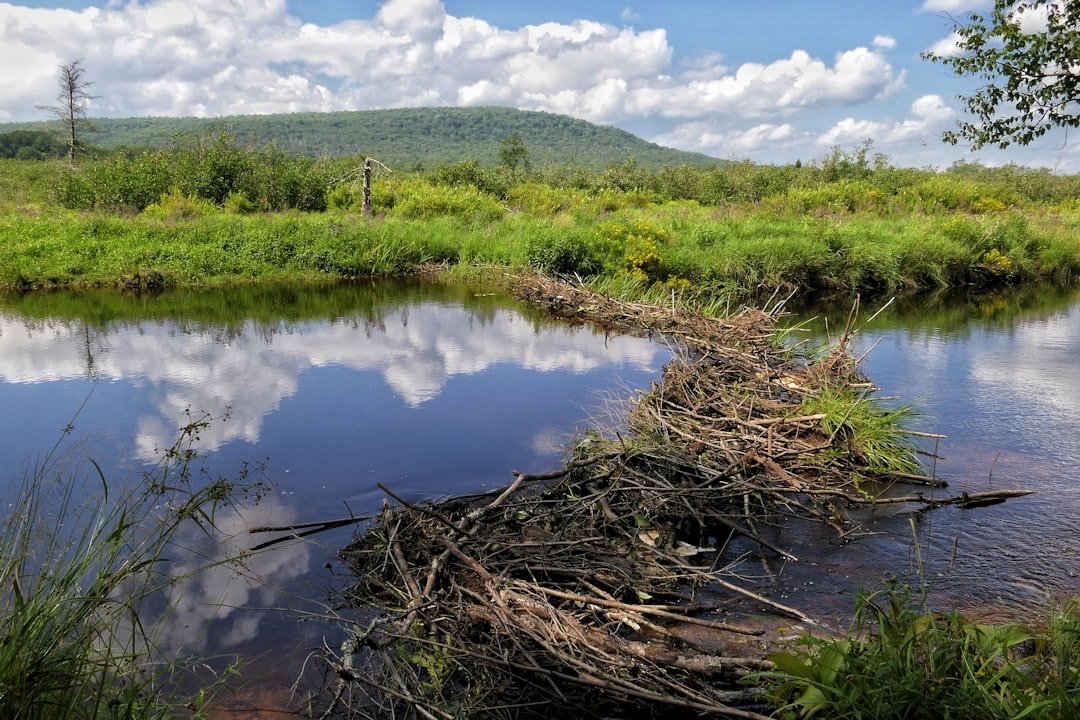
What if a howl could redraw a river’s edge? That’s the tantalizing hint researchers picked up first in the plants, not the water, noticing young willows and cottonwoods shooting above browsing height in places where they’d been clipped short for years. On a frosty day in the Lamar Valley, I watched elk tracks detour around a thicket that had finally grown dense enough to feel like cover, and it felt like stumbling onto nature’s margin notes. These are the quiet signals that precede any big geomorphic change. Before channels migrate, the banks need roots; before roots, plants need a break.
Those clues show up in rings and shoots: taller stems, thicker annual growth, and seedlings surviving past the fragile stage. They’re the forensic fingerprints that tell us the system’s stressors have shifted, even if the river hasn’t yet announced it with a brand‑new meander. The storyline starts at the stems and works outward toward water. In Yellowstone, that sequence matters.
From Predators to Plants: The Trophic Cascade
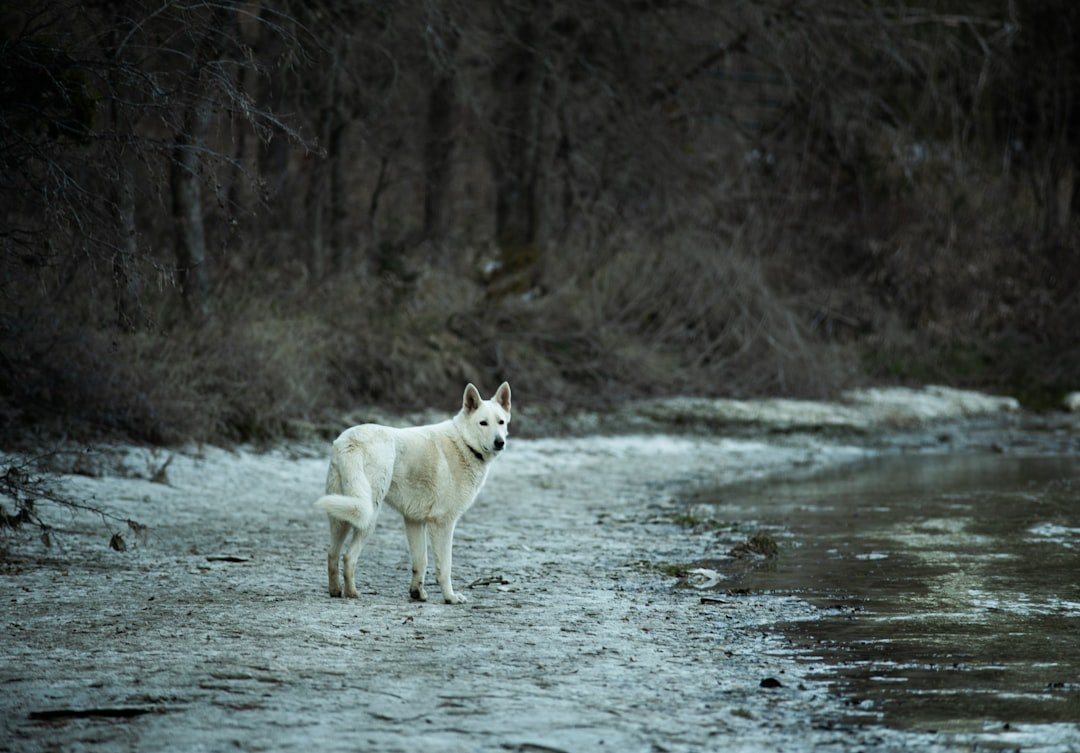
Wolves don’t push dirt; they push behavior and numbers, and those push plants. After reintroduction, elk populations in and around key valleys faced renewed predation and started using the landscape differently, browsing less intensely in some riparian zones. That eased pressure on palatable species like willow and cottonwood, which can grow explosively once they get past the vulnerable browse window. Botanists call this top‑down control, and it’s the first domino. It’s not a miracle cure, just an ecological nudge that can add up over seasons.
Crucially, it isn’t only about how many elk exist, but how they move and feed. When risk rises in tight creek bottoms, animals often favor safer, more open ground, trading calories for caution. That shift redistributes bite pressure, allowing patchy green-up that later stitches together. Plants reclaim the banks, and stability follows.
Fear on the Landscape
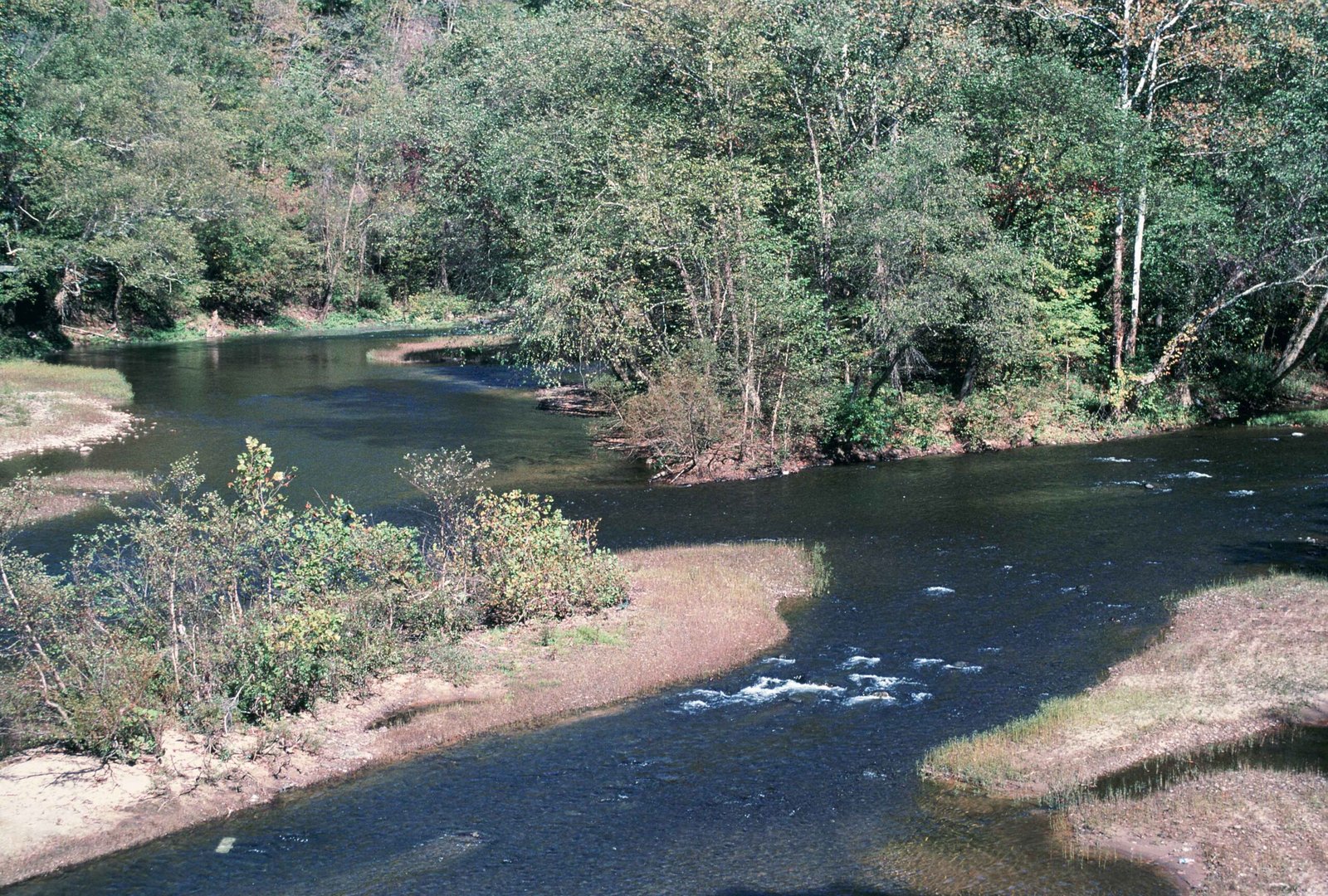
Predators write geography into the minds of prey, and that psychology shows up on maps. Collared elk spend less time in the riskiest, line‑of‑sight‑blocked thickets, especially during hours when wolves are active, which changes where and how hard they browse. Vigilance has a cost: seconds spent scanning are seconds not spent feeding, and those lost bites translate into leaves spared. Over months and years, that behavioral tax creates breathing room for riparian vegetation. Fear, it turns out, can be a gardener.
This isn’t uniform; terrain and cover matter. Deep snow, steep cutbanks, and tight willow mazes amplify risk perception, magnifying the cascade in some reaches and muting it in others. The map of fear looks like a heat signature, and rivers respond where that heat cools the most. Place, not just predators, sets the stage.
Beavers, Dams, and Geology’s Slow Clock
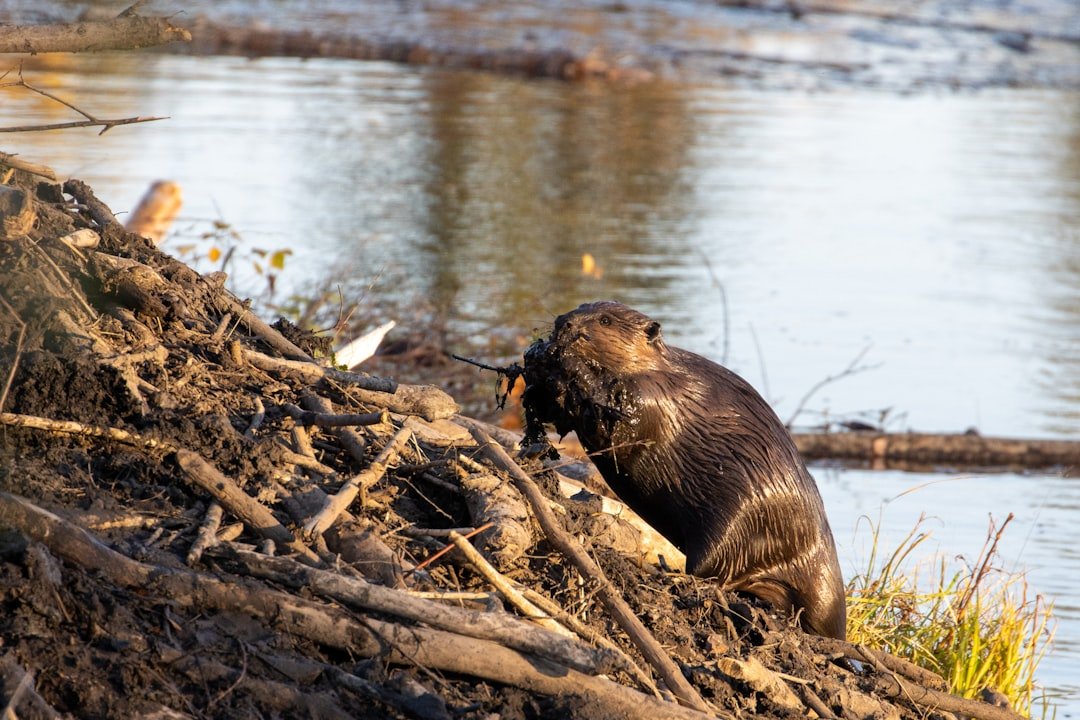
Once shrubs return, beavers often follow, and that’s when water starts to behave differently. Beavers act like living backhoes and water engineers, stacking sticks into small dams that slow flow, trap sediment, and raise water tables near the channel. Those changes spread moisture into the floodplain, which feeds more willow, which feeds more beavers – a feedback loop with surprising momentum. Ponds create refuge for fish and amphibians while flattening flood peaks and stretching baseflows longer into dry months. It’s a quiet revolution built one stick at a time.
Still, geology moves on a slower clock than headlines. A beaver pond might emerge in a season, but the deeper reshaping of channel form takes years to decades. Floods, droughts, and sediment supply decide how far the changes travel downstream. The wolves may light the fuse, but water and time carry it.
What the Rivers Actually Did
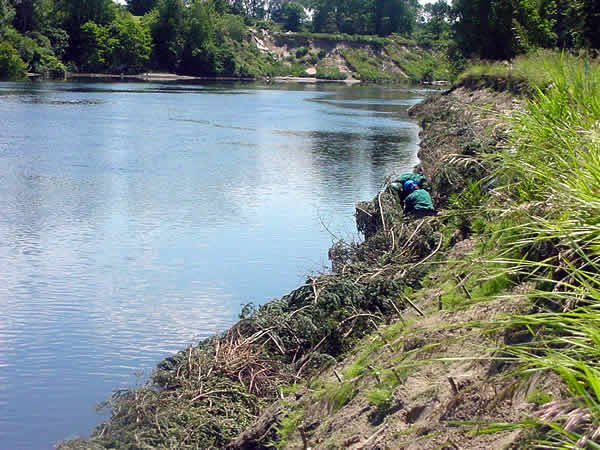
Let’s be clear: Yellowstone didn’t wake up one spring with new rivers drawn overnight. What researchers report instead are reach‑scale shifts – a narrowing here, a deepened run there, a bank held together by roots that used to slump. Some channels now swing less wildly during peak flows where vegetation has anchored the margins, and sediment deposits sort differently behind beaver dams. In stretches with revived floodplain plants, water lingers longer and spreads wider during moderate floods, which can recharge soils. The mechanics are subtle, but cumulative.
Elsewhere, drought has kept flows too low or plants too stressed to lock in progress, and certain valleys still show browsed shrubs and bare banks. It’s a patchwork, not a postcard, and that’s the honest picture of recovery. Rivers change unevenly because landscapes are uneven. The science reads that complexity rather than glossing over it.
The Skeptics and the Data
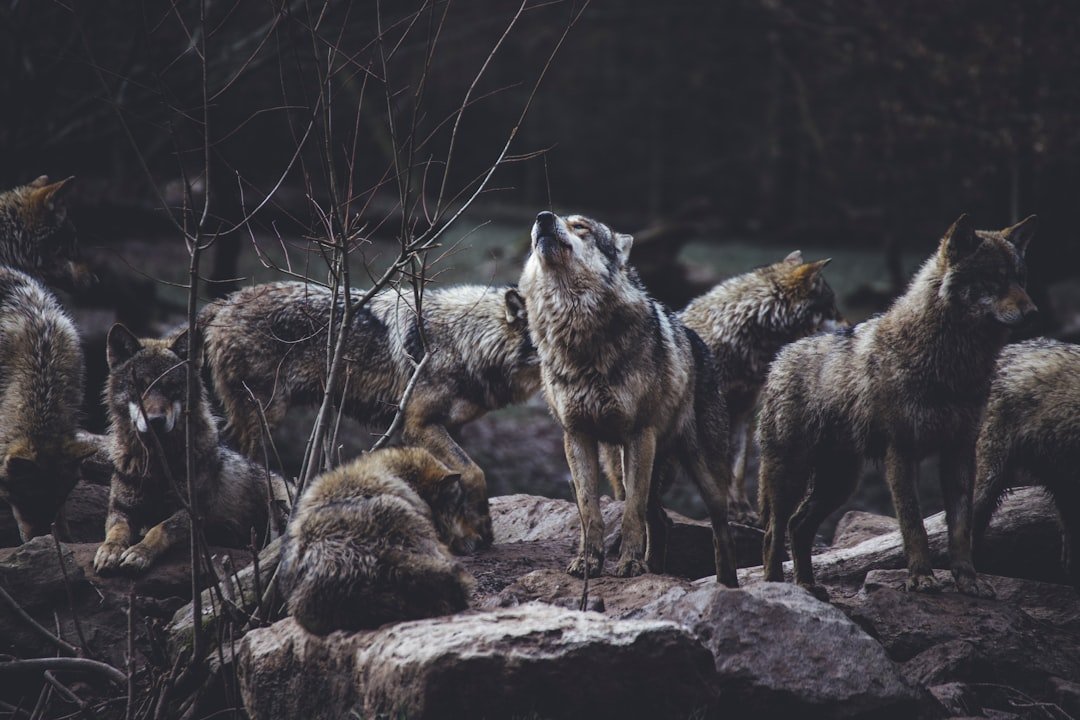
Some ecologists push back on the catchphrase that “wolves changed rivers,” arguing climate swings, winter severity, human harvest outside the park, and bison competition also shaped the vegetation rebound. They’re right to ask for careful attribution, and long-term plots and photo repeats have helped sort signal from noise. In several well‑studied valleys, plant recovery aligns with shifts in elk space use after wolves returned; in others, wet years or beaver work did the heavy lifting. This is how science should feel: contested, corrected, then clearer. The nuanced consensus is that predators are important players, not soloists.
Method matters, too. Studies that track individual stems through time, compare inside/outside exclosures, and pair wildlife GPS with plant measurements tend to find the strongest, most specific links. Broad snapshots, taken once, can miss the choreography and over‑promise or under‑sell. When the methods follow the movement, the story sharpens.
Why It Matters
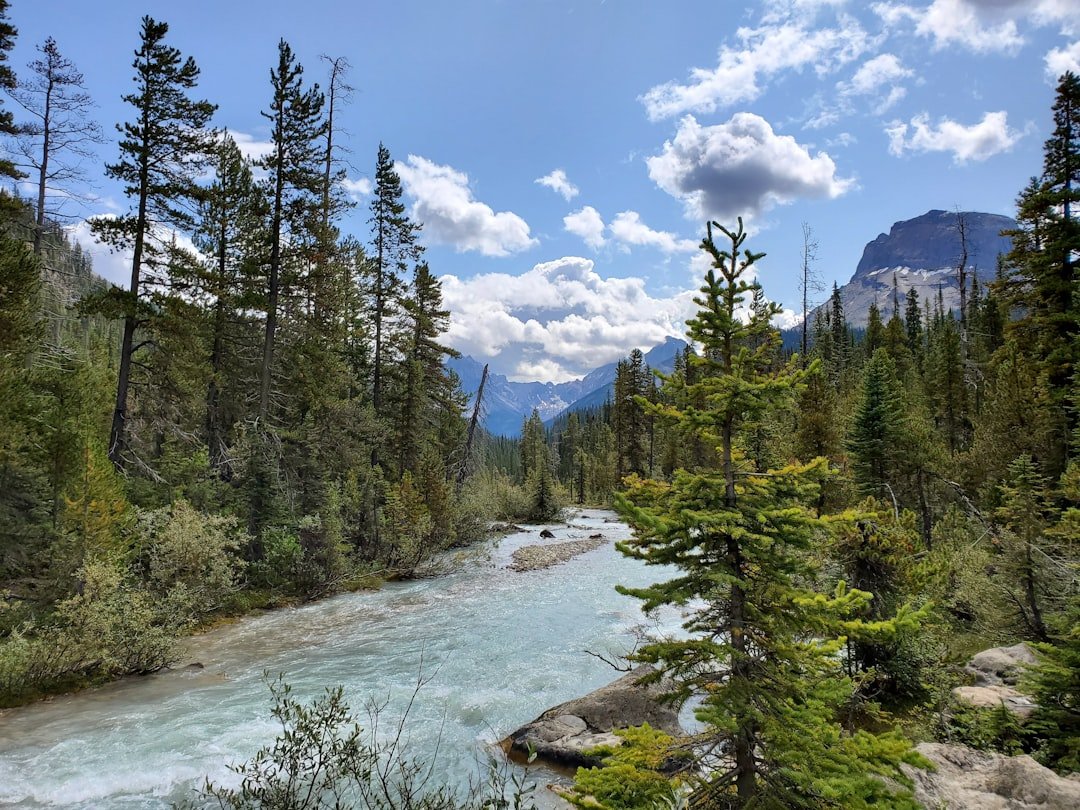
Water is the west’s heartbeat, and riparian ribbons hold an outsized share of life despite making up a tiny slice of the map. When predators help revive those ribbons, the benefits cascade beyond scenery: more nesting cover for songbirds, richer insect hatches for trout, and banks that resist erosion during big water. Compared with traditional, single‑species management, this systems view scores wins across multiple goals at once. It reframes predators not as pests or icons but as ecological connectors. That shift matters for policy, funding, and how communities weigh trade‑offs.
There’s also a human ledger. Healthier floodplains can buffer floods and keep streams cooler in warming summers, which protects fisheries and recreation economies. The gains aren’t uniform or guaranteed, but they’re real where the pieces align. Investing in whole‑ecosystem strategies often returns more than it costs, especially when water is on the line.
From Ancient Tools to Modern Science
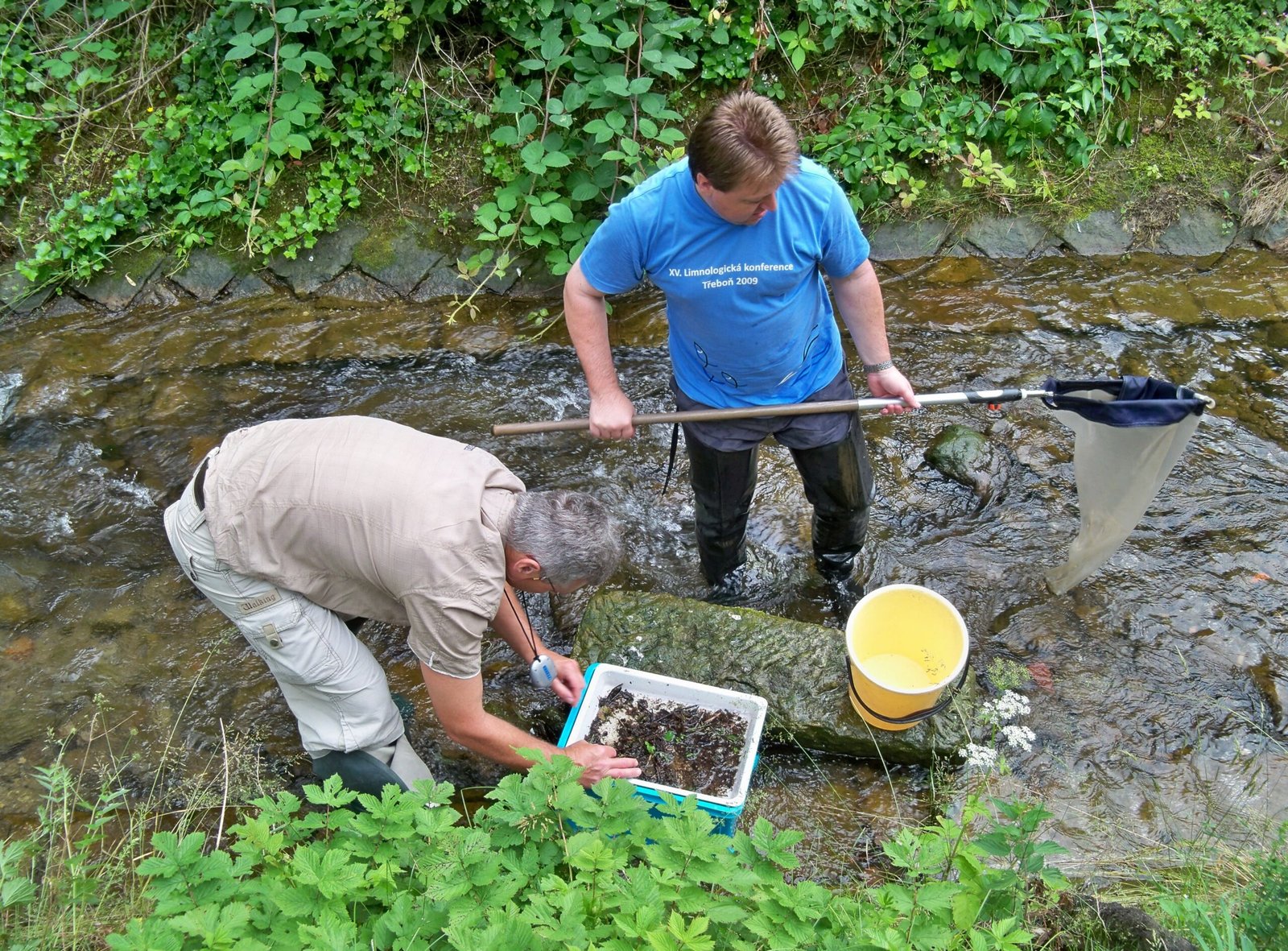
Scientists began with field notebooks and repeat photos, then layered in tree‑ring timelines to reconstruct when shrubs escaped the browse trap. Today, drones map canopy height, LiDAR scans the micro‑topography of banks, and satellite constellations watch greenness pulse through seasons. GPS collars reveal when elk venture into creek bottoms and how quickly they bail out, a behavioral map that matches plant recovery edges. Hydrologists log flows and sediment grain sizes to see where dams and roots really change hydraulics. Each tool clips another thread in the mystery’s knot.
Even chemistry speaks: stable isotopes in plant tissues trace water sources, confirming that beaver ponds elevate shallow groundwater and feed back into growth. The result is a tight weave of evidence collected across decades, not a single flashy graph. Old and new methods meet in the middle, and that’s where confidence lives. It’s less a big reveal than a steady accumulation of proof.
The Future Landscape
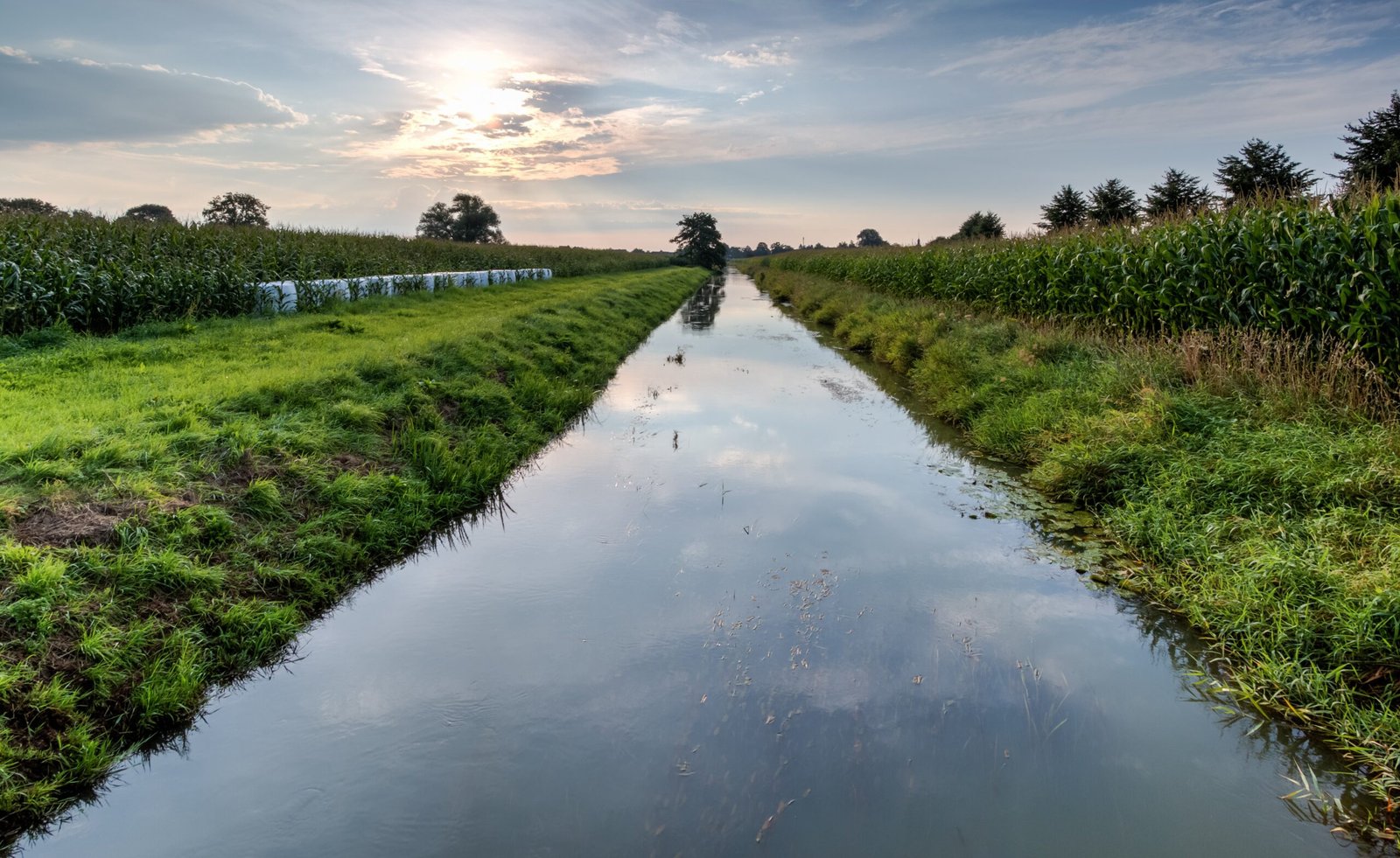
Rivers write their next chapters in the language of climate, management, and chance. Warmer winters and longer dry spells could stress willows and shorten the beaver building season, while earlier snowmelt shifts the timing of peak flows that sculpt channels. Policies outside park borders will shape elk behavior as much as wolves do, reminding us that boundaries on maps aren’t boundaries in ecology. New tech – from environmental DNA in water samples to machine‑learning analyses of drone footage – will help track changes faster and at finer scales. Expect more surprises, because complex systems rarely move in straight lines.
There’s a risk of backsliding if any critical link weakens, but there’s also room for smart boosts. Small‑scale willow plantings, temporary browse exclosures, and cooperative ranch‑park strategies can reinforce the cascade where it’s wobbling. The most resilient rivers will be those with many helpers, not one hero. That’s a future we can nudge into being.
Conclusion
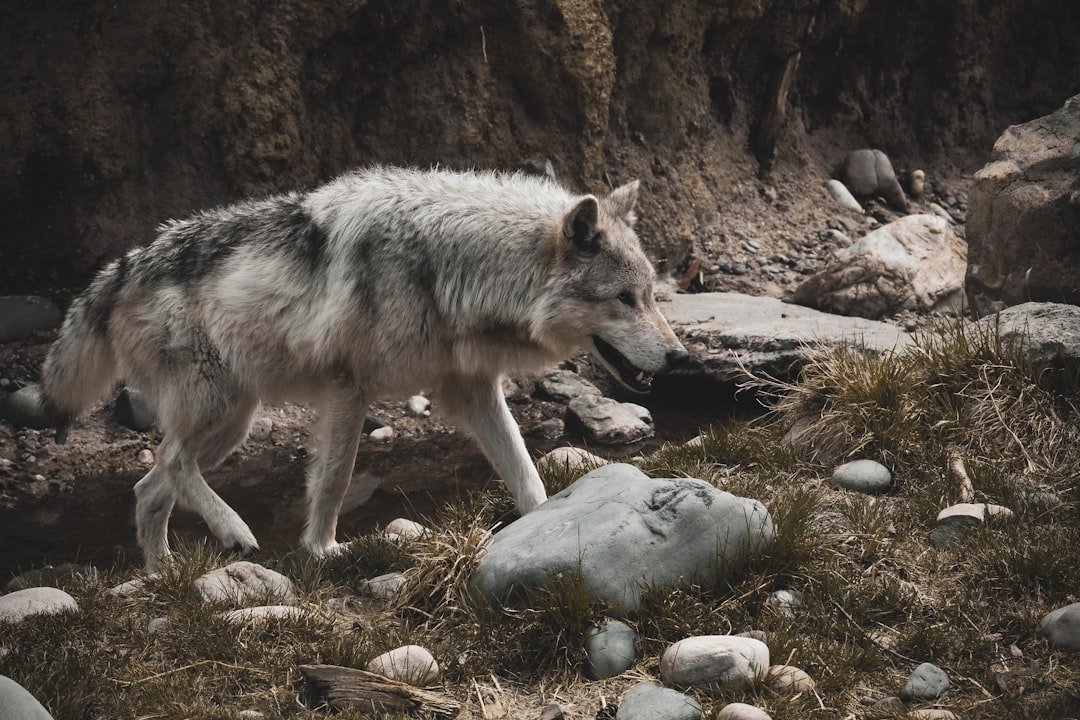
The headline is catchy, but the truth is better: wolves helped set in motion a chain of events that, in the right places, is reshaping parts of Yellowstone’s watery veins. Plants grew past danger, beavers stacked twigs into ponds, and some channels answered with quieter banks and steadier flows. Elsewhere, drought, terrain, or competing grazers kept the fuse short, reminding us that nature negotiates, it doesn’t decree. The power of this saga lies in its conditions and its patience. I still think about that willow thicket I walked past at dawn, humming with chickadees where bare gravel once baked.
If a howl can nudge a river, what else might we change by letting nature do more of the work – did you expect that?

Suhail Ahmed is a passionate digital professional and nature enthusiast with over 8 years of experience in content strategy, SEO, web development, and digital operations. Alongside his freelance journey, Suhail actively contributes to nature and wildlife platforms like Discover Wildlife, where he channels his curiosity for the planet into engaging, educational storytelling.
With a strong background in managing digital ecosystems — from ecommerce stores and WordPress websites to social media and automation — Suhail merges technical precision with creative insight. His content reflects a rare balance: SEO-friendly yet deeply human, data-informed yet emotionally resonant.
Driven by a love for discovery and storytelling, Suhail believes in using digital platforms to amplify causes that matter — especially those protecting Earth’s biodiversity and inspiring sustainable living. Whether he’s managing online projects or crafting wildlife content, his goal remains the same: to inform, inspire, and leave a positive digital footprint.

